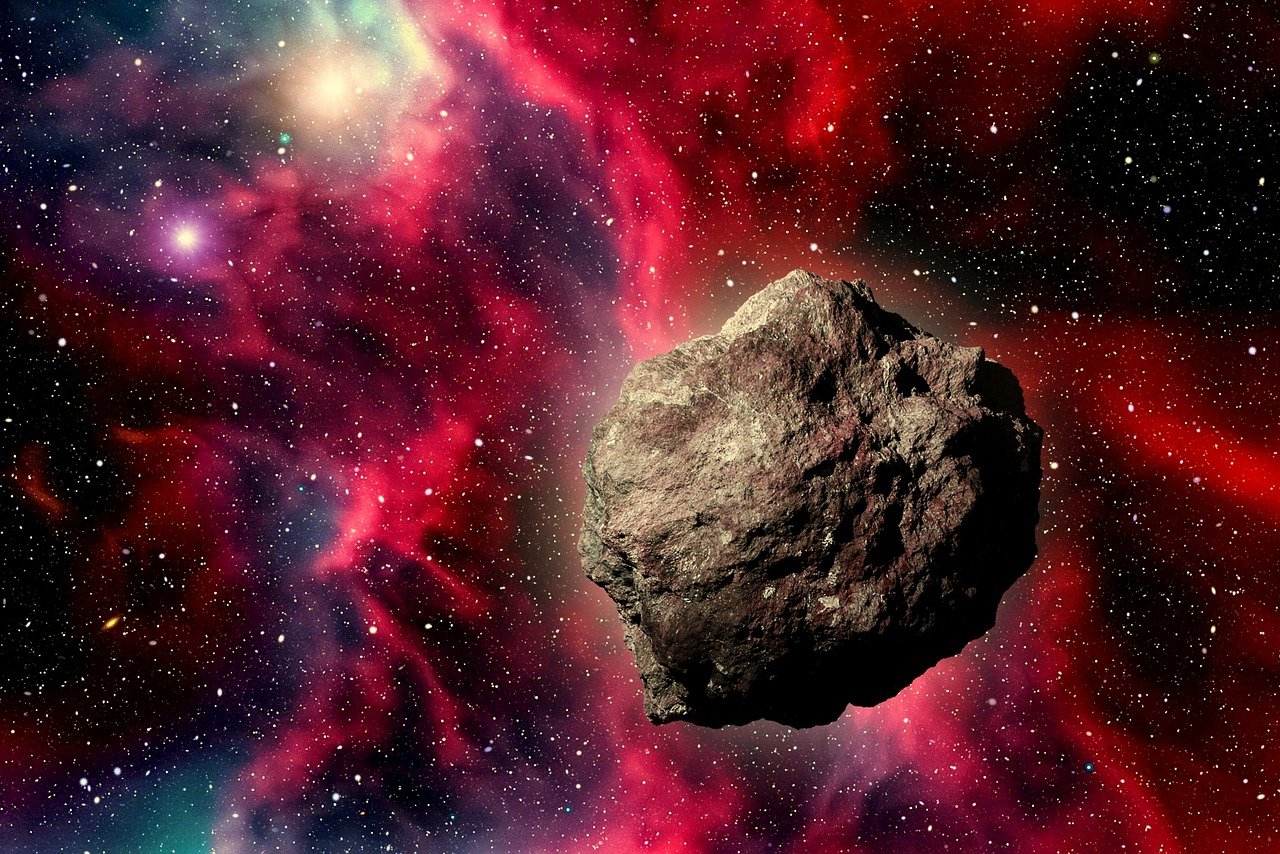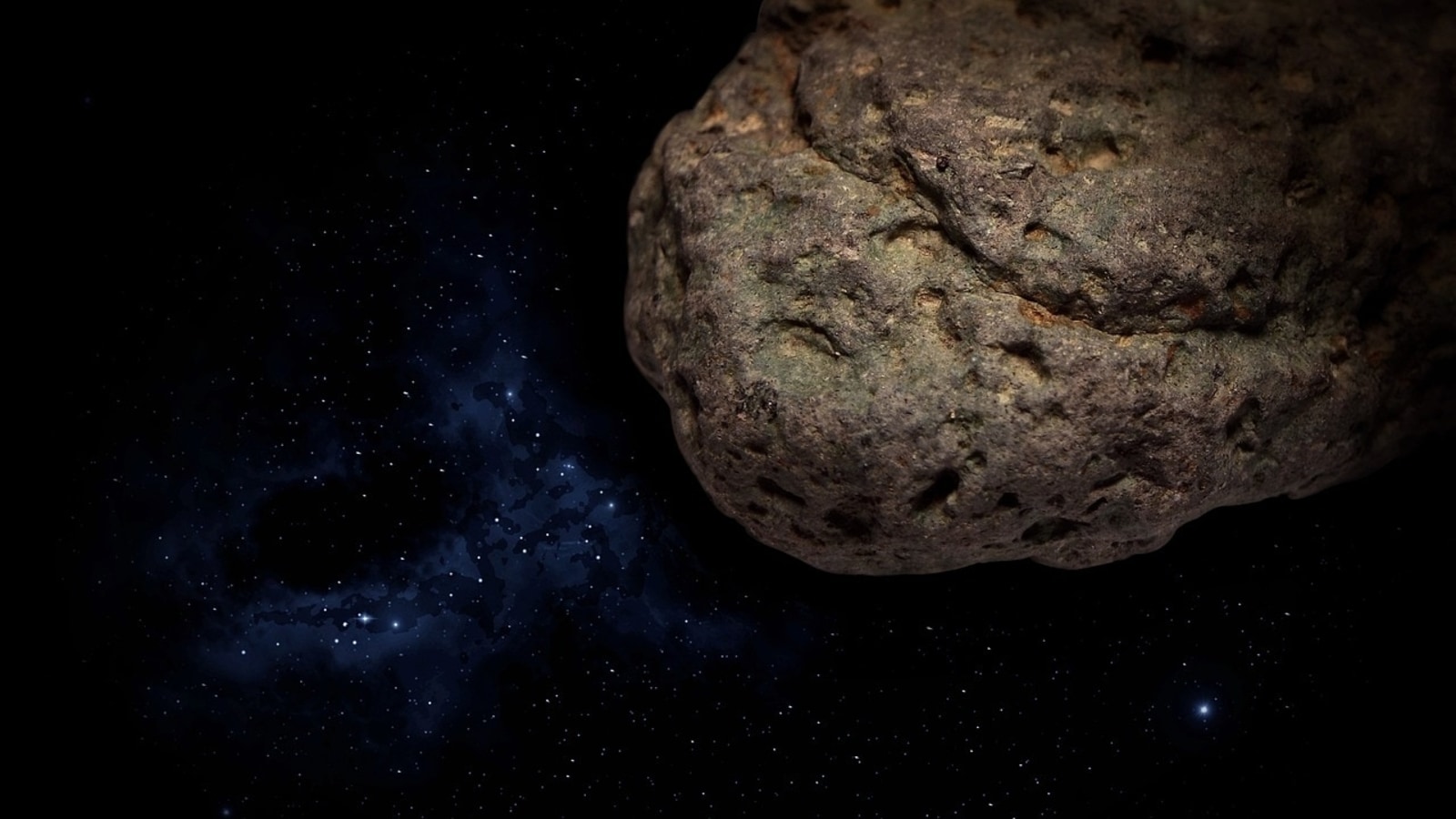Asteroid flyby today! Aircraft-sized space rock will pass Earth closely, reveals NASA
Using its advanced tech, NASA has shed light on an asteroid which is predicted to pass Earth today, March 14. From size to speed, know all about the asteroid flyby.






 View all Images
View all ImagesAs many as two asteroids passed Earth yesterday. While one of them was the size of a house with a width of 56 feet, the other was smaller and almost as big as a bus. Although both of these space rocks passed the planet closely, NASA had already tracked them in their orbit and confirmed that they would not impact the surface. This is possible due to NASA employing telescopes such as Pans-STARRS1 in Maui, Hawaii, and Catalina Sky Survey near Tucson, Arizona, to detect near-Earth objects like asteroids and comets. It also uses ground-based radar to collect accurate information about an asteroid's trajectory and attributes. Using this advanced tech, the US Space Agency has shed light on an asteroid that is predicted to pass Earth today, March 14.
Also Read: 8 most valuable asteroids in our solar system
Asteroid 2024 EH3
The asteroid was discovered by NASA's Center for Near-Earth Object Studies (CNEOS), which is responsible for monitoring the skies and keeping a watch on various Near-Earth Objects (NEOs). It has been designated Asteroid 2024 EH3. This near-Earth space rock is expected to make its closest approach to the planet at a distance of 2.49 million kilometers today, March 13.
NASA says it is already moving towards Earth at a breakneck speed of approximately 36517 kilometers per hour, which is much faster than an Intercontinental Ballistic Missile (ICBM)! In terms of size, the asteroid is 93 feet wide, making it almost as big as an aircraft. While it will come close to the planet, it is not expected to impact the surface.
Asteroid 2024 EH3 belongs to the Apollo group of Near-Earth Asteroids, which are Earth-crossing space rocks with semi-major axes larger than Earth's. These asteroids are named after the humongous 1862 Apollo asteroid, discovered by German astronomer Karl Reinmuth in the 1930s.
Also Read: What are asteroids and how ESA is tracking them
It has passed Earth before and this is not its first close approach to Earth. This asteroid passed Earth for the first time ever on February 8, 1940, at a distance of about 69 million kilometers. After today, it will come close to Earth again on June 9, 2029, at a distance of 66 million kilometers.
One more thing! We are now on WhatsApp Channels! Follow us there so you never miss any updates from the world of technology. To follow the HT Tech channel on WhatsApp, click here to join now!
Catch all the Latest Tech News, Mobile News, Laptop News, Gaming news, Wearables News , How To News, also keep up with us on Whatsapp channel,Twitter, Facebook, Google News, and Instagram. For our latest videos, subscribe to our YouTube channel.





























